About This Course Orthodontic appliances are constantly evolving, with modern day versions bearing only a vague resemblance to their earliest predecessors. Advancements are constantly made to allow for more efficient and safer tooth movement, while providing practitioners with tools to optimize clinical productivity. In this course, we will go over one such advancement: self-ligating brackets. This course will cover the
Read More
About This Course Dental unit waterlines (DUWLs) are in the news and on OSHA inspection checklists, but the process of testing and treating waterlines is often misunderstood or even forgotten about. Science shows us that many of the aerosols we are producing in our operatories come directly from the biofilm growth in our DUWLs. And just like the biofilm in
Read More
About This Course Tooth extraction is a common procedure in the field of dentistry. Although atraumatic extraction is always preferred, it is not always accomplished. In this course, we will cover topics such as how normal healing occurs and why atraumatic tooth extraction is desired, as well as how best to achieve this result. We will also discuss various techniques
Read More
About This Course Human trafficking is a $150 billion criminal industry. Though problematic on a global scale, it has become a heightened concern in the United States. In this course, the types of human trafficking are discussed with variations in gender, locales, and specific laws related to trafficking. Documentation suggests that 87% of victims have seen a healthcare provider during
Read More
About This Course Opioid abuse and deaths from overdose have reached epidemic levels in the United States. These drug classes cause significant systemic changes and carry a high risk for tolerance, dependence, and addiction. Dental providers who have the authority to prescribe opioids have a responsibility to the public to ensure appropriate pain management protocols are followed so patients do
Read More
About This Course External apical root resorption (EARR) is frequently observed during orthodontic treatment; it can require a pause or termination of the treatment in the patient’s best interest. If the root length is reduced severely, it also affects the decisions regarding other dental procedures, for instance, prosthetic restorations. Thus, EARR should be assessed and managed properly throughout orthodontic treatment
Read More
About This Course The use of cone beam computed tomography (CBCT) in endodontics has expanded in recent years. 3D imaging adequately supports the interpretation of dental anatomy and surrounding areas during root canal therapy. To assist decision making in endodontic cases, experts recommend small eld-of-view (FOV), high-resolution CBCT imaging for diagnostic and treatment planning as well as for intraoperative procedures
Read More
About This Course Dental professionals have increased risk of exposure to dental aerosols and droplets. These are caused by the rebound of spray mist on the tooth surface generated by dental instruments (e.g. turbine and powder water jet devices). Enroll in Course Educational Objectives The overall goal of this course is to provide information on risk reduction, preventive measures, and
Read More
About This Course The Occupational Safety and Health Administration (OSHA) is a government agency established to help assure the safety and health of American workers. Since its origins, OSHA has enforced standards to protect workers from potential dangers in the workplace. This course reviews some potential hazards to dental healthcare professionals, and what measures OSHA has taken to minimize risk
Read More
About This Course Dental professionals have increased risk of exposure to dental aerosols and droplets. These are caused by the rebound of spray mist on the tooth surface generated by dental instruments (e.g. turbine and powder water jet devices). Enroll in Course Educational Objectives After completing this course, the reader should be able to: • Identify the risks and properties
Read More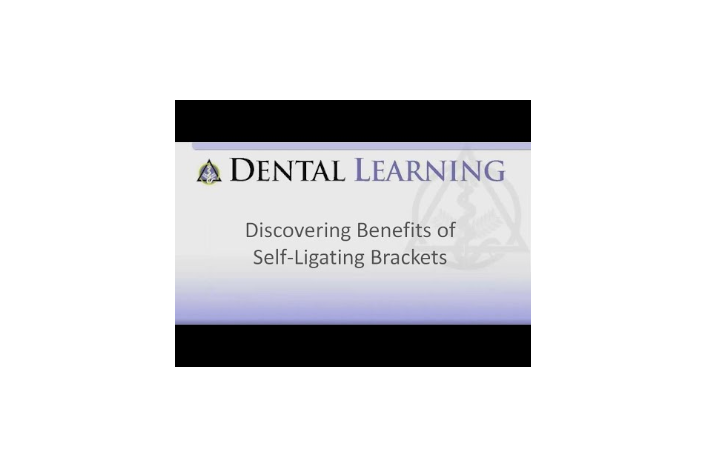
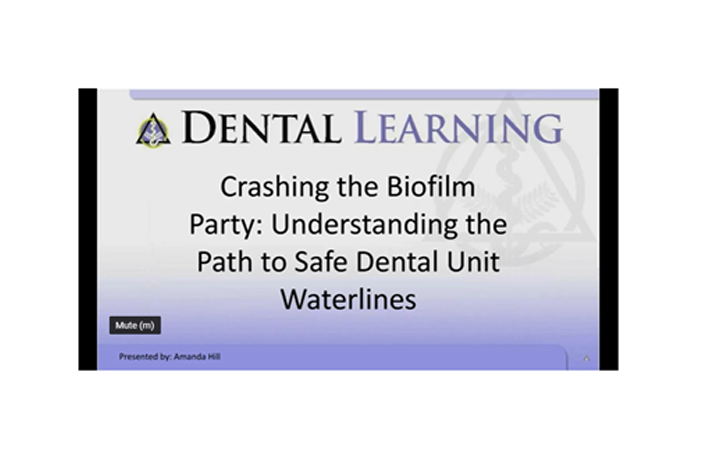
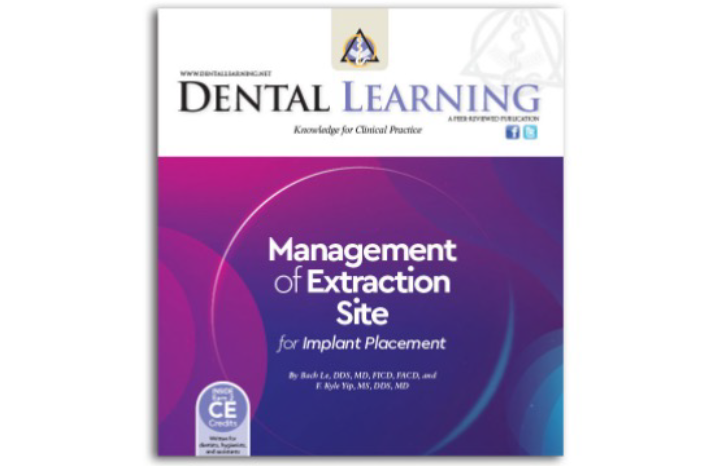
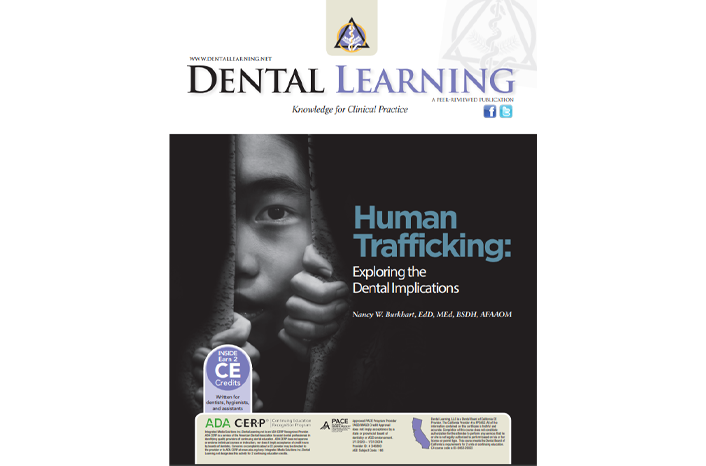
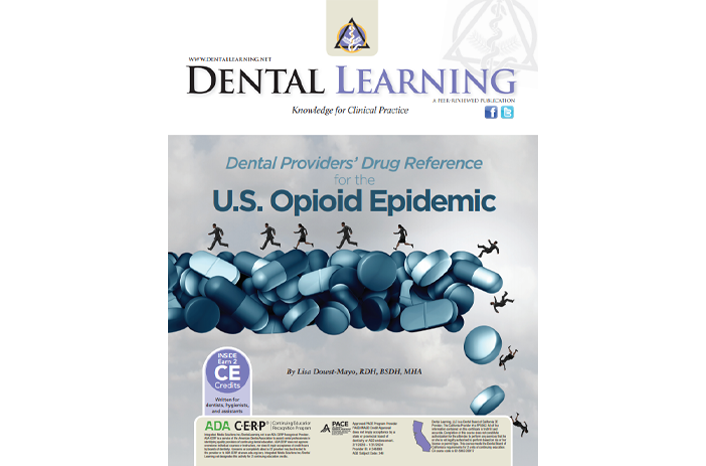
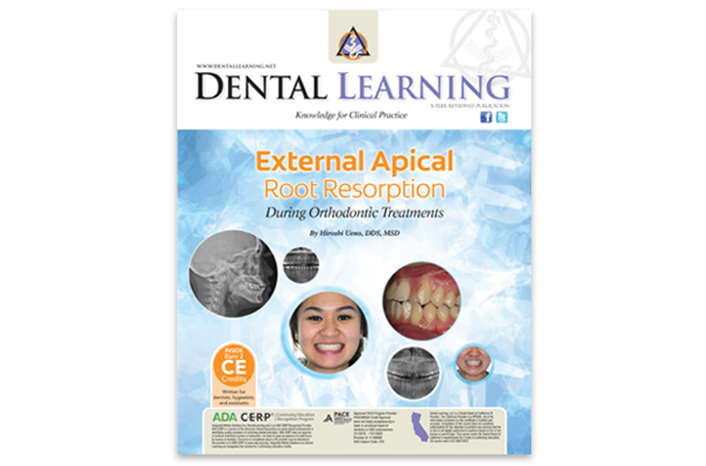
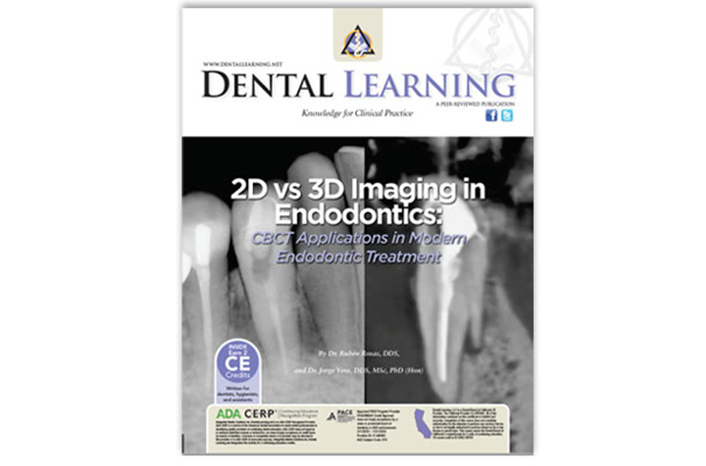
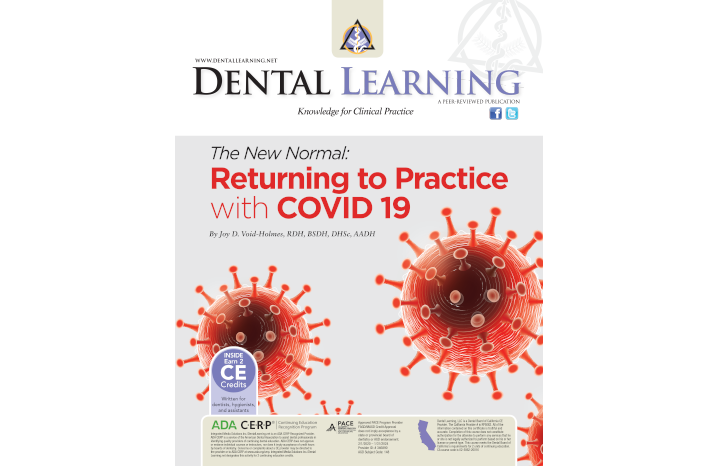
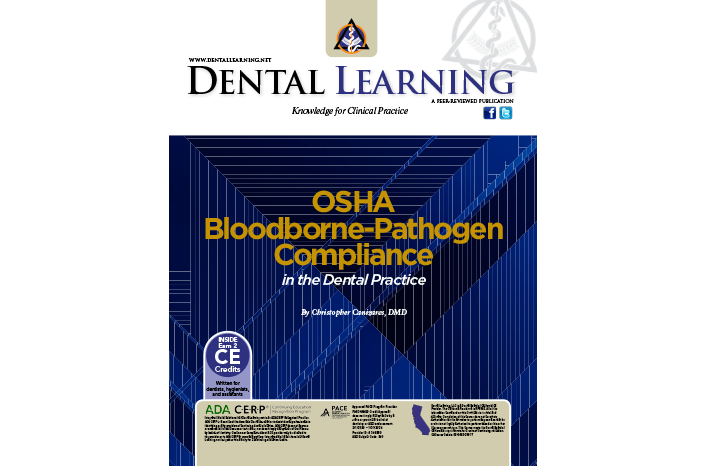
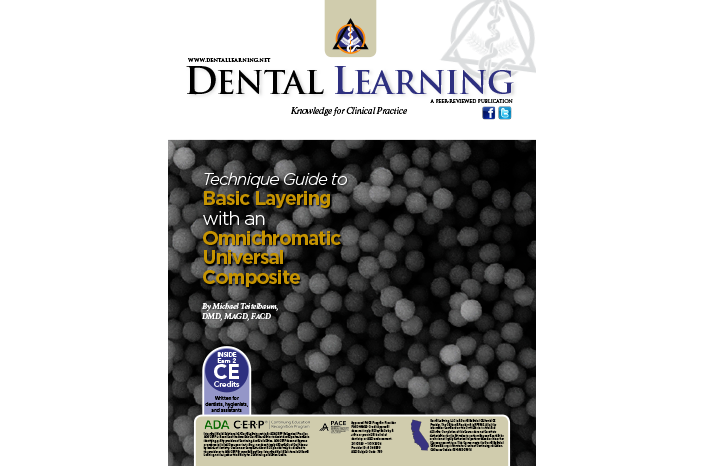
Recent Comments